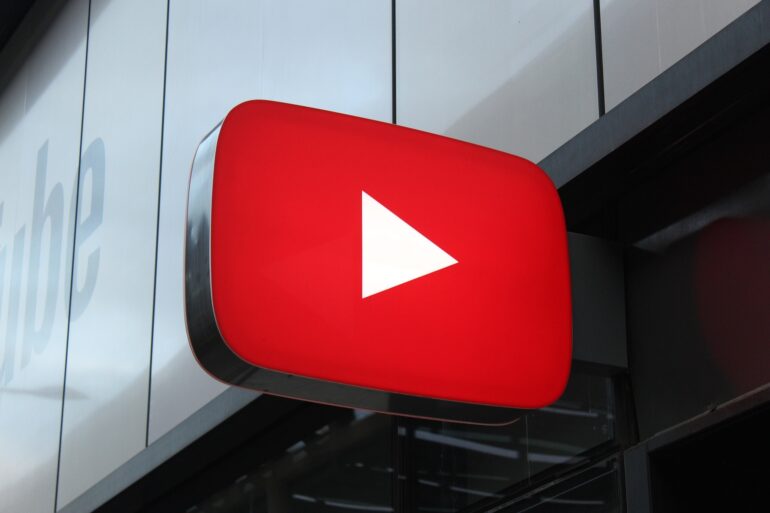TL;DR:
- YouTube integrates an AI-powered tool called Aloud for automatic video dubbing in multiple languages.
- Aloud simplifies the dubbing process, making it more accessible to creators and viewers.
- The tool transcribes, translates, and dubs videos, allowing creators to review and edit the transcription.
- Aloud is currently being tested with hundreds of creators and supports a limited number of languages.
- YouTube plans to expand Aloud’s language support in the future.
- Aloud aims to make dubbing more affordable and less complicated, helping creators reach wider audiences.
- YouTube is working on making the dubbed content sound natural and is exploring lip-sync technology.
- Advanced features like improved audio synchronization and expressive dubbed content are expected next year.
Main AI News:
In an exciting development for content creators and viewers alike, YouTube has unveiled its latest AI-powered tool designed to automatically dub videos in different languages. The announcement was made during this year’s VidCon, marking a significant step towards overcoming language barriers and fostering international connectivity. The tool, aptly named ‘Aloud,’ has been in development for several years as part of Google’s Area 120 incubator, dedicated to nurturing experimental projects. Last year, it was revealed as one of the key AI-driven features in the company’s comprehensive product and service enhancement strategy.
Aloud empowers creators to efficiently dub their videos into multiple languages, thereby unlocking a wealth of knowledge that may have previously been confined to a single language. By simplifying the dubbing process, Google aims to enable more creators to engage with diverse audiences worldwide, even if they had previously considered dubbing too complex or financially burdensome. Curious about its inner workings? The official Aloud website sheds light on the process: first, the tool transcribes the video, allowing the creator to review and edit the transcription. Next, it seamlessly translates and dubs the video in the target language, ready for publication by the creator.
Amjad Hanif from YouTube revealed in a statement to The Verge that Aloud is currently undergoing testing with hundreds of creators globally. At present, it supports only a limited number of languages, with plans to expand the language repertoire in the near future. The initial launch will see Aloud available in English, Spanish, and Portuguese, with Hindi, Bahasa-Indonesia, and other languages expected to join the roster soon.
Aloud is an impressive testament to the capabilities of AI, providing creators with a powerful tool to broaden their reach and connect with a broader audience. Hanif emphasizes that YouTube is not only striving to ensure the translated audio tracks sound natural and akin to the creator’s voice but is also actively incorporating greater expression into the dubbed content. Furthermore, YouTube is exploring the integration of lip-sync technology to enhance the visual appeal of the videos, making them appear more seamless and organic. However, these advanced features are slated for release in the coming year. For now, video and audio synchronization may remain imperfect, and the dubbed voices might still carry a somewhat mechanical tone.
Conclusion:
YouTube’s integration of the Aloud tool signifies a significant breakthrough in video dubbing. By leveraging AI technology, YouTube aims to eliminate language barriers, enabling content creators to reach a global audience more easily. This development has the potential to open up new markets and opportunities for creators and expand the reach of their content. With further advancements and improvements on the horizon, the video dubbing market is poised for growth as it becomes more accessible, cost-effective, and seamless for creators and viewers worldwide.

